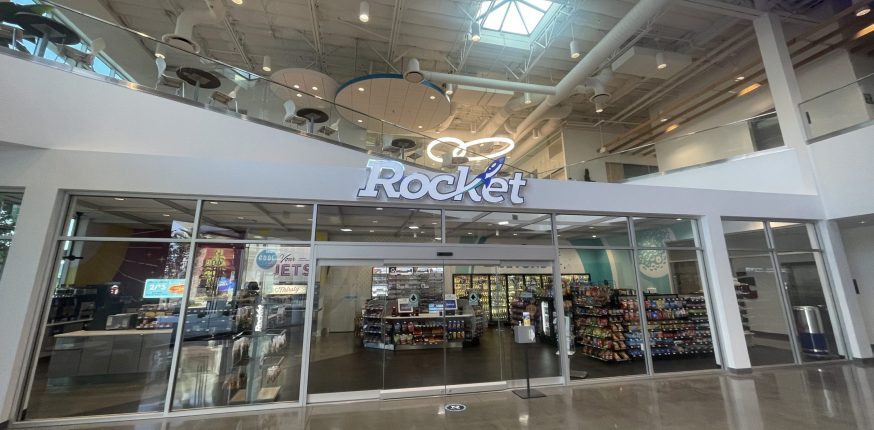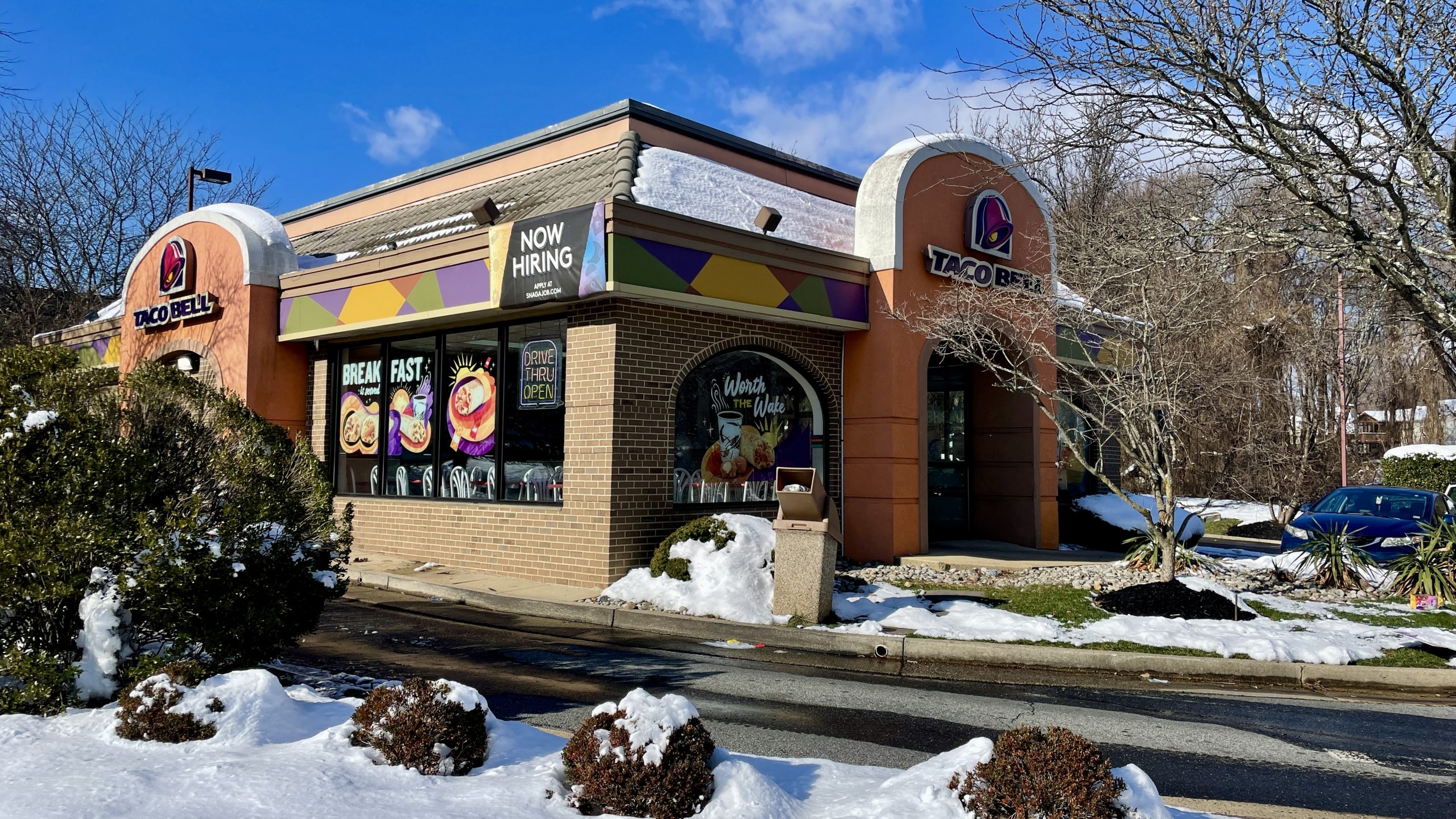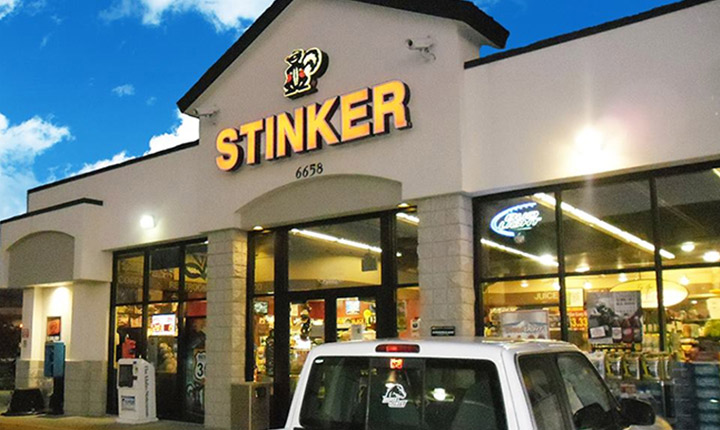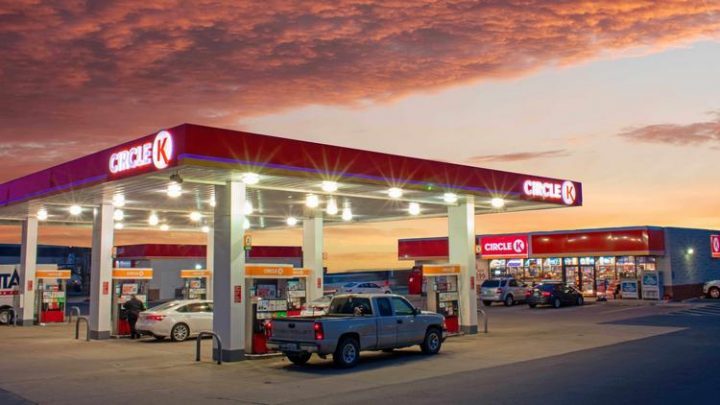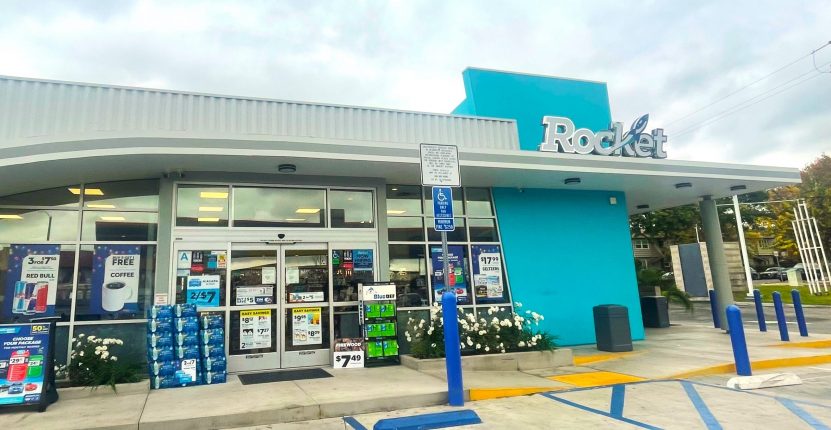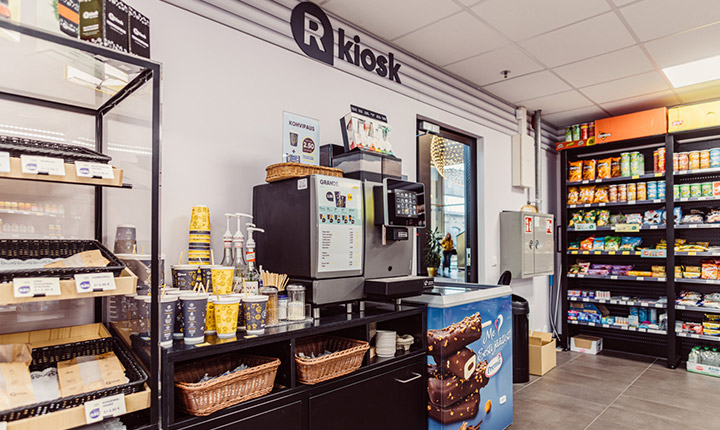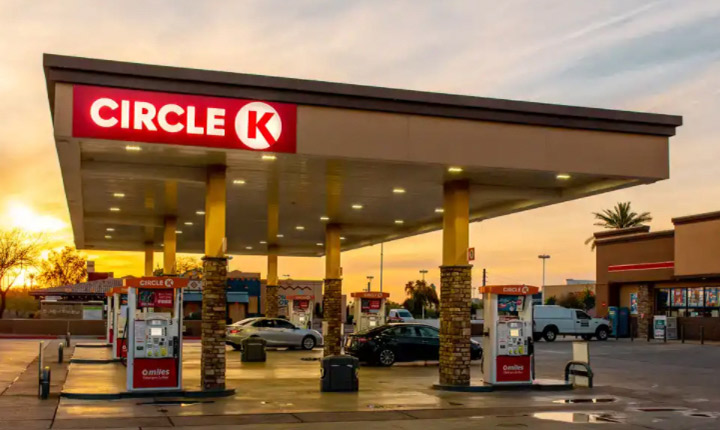Despite the huge economic challenges impacting the world due to Covid-19, some sectors of business are witnessing an unexpected acceleration of their digital transformation, while others are seeing such massive increases in demand that they are finding it hard to keep up! Examples include teleconference facilities, online grocery shopping and home entertainment services, but most excitingly for food service and convenience retailers, “meal-kit” companies such as Hello Fresh and Blue Apron are enjoying an explosion of interest as nervous consumers realise the potential to minimise risky store visits and at the same time, they are increasingly enjoying cooking, the age-old pastime described recently by the New York Times as “a creative outlet and source of comfort for a whole new audience of the housebound”.
So what is a “meal-kit company” exactly? According to Wikipedia, a meal kit company is one that “sends customers pre-portioned and sometimes partially-prepared food ingredients and recipes to prepare home-cooked meals” and “has been cited as an example of the personalization of the food and beverage industry that is becoming more popular and widespread”.
While these meal kit services have been around since 2008, they have seen mixed fortunes, with industry leaders Hello Fresh, founded in 2011, finally announcing its first quarterly underlying profit on revenues of 1.81 billion euros in 2019, yet before the pandemic, a key competitor Blue Apron was fighting for survival, so the explosion in demand has created a lifeline for the company, and a chance to adjust its model to what the market has grown to expect.
 Hello Fresh is currently America’s #1 Meal Kit Company
Hello Fresh is currently America’s #1 Meal Kit Company
Savvy Sweden
Like many of the world’s greatest digital technology ideas, the concept for the delivery of meal-kits emerged in Scandinavia, pioneered by the Swedish firm Linas Matkasse, and its extra-ordinary growth caught the attention of Oliver Samwer, the “ruthless” German internet mogul, who spotted the opportunity, and had the resources needed to take the concept to the rest of the world.
The challenge of course was to ensure a great overall experience for customers, and while its corporate history is awash with controversy, it’s their commitment to great food that has seen them achieve their market leadership position, with weaker propositions such as the Blue Apron delivery shown in the “unboxing” video below losing out, which proves the point perfectly.
Meal-Kit Companies Compared on Social Media
A Recipe for Retention
For us as committed fans of the subscription business model, it’s clear that it’s the potential for predictable recurring revenues that is most exciting for retailers. And yet it’s not easy to understand the levers needed to maintain a base of paying subscribers and ensure that the lifetime value of customers exceeds the cost of sourcing and servicing them, thereby eventually creating profitable monthly recurring revenue. While the food service industry has plenty of insights on customer’s pain points and preferences, in disruptive sectors such as technology, founders are faced with making assumptions around key metrics which do not always hold true. So subscription services, more than any other business model, need to embrace a long-term “loyalty mentality” that will stand the test of time.
 Meal Kits from Hello Fresh may also include wine.
Meal Kits from Hello Fresh may also include wine.
Inspiring Ideas for Foodies
We’ve previously discussed the principles of success for subscription services from the perspective of understanding human needs, so in this article, we’re highlighting some interesting propositions from around the world that could be adapted in most international markets for retail leaders who are seeking ideas and inspiration for a subscription-based concept alongside your existing business.
- Mainstream meal kit providers – these are predominately ‘functional’ solutions such as Hello Fresh and Blue Apron discussed above, but since Covid-19 has restricted consumer interest in eating out, competitors are emerging from the restaurant sector, also offering meal-kits. According to a recent article on CNBC, these include “Panera Bread’s salad and sandwich kits, Chick-fil-A’s chicken dinner kits and Shake Shack’s burger kits, all of which have been introduced in response to lagging sales amid the pandemic”.
- Niche meal kit ideas proving popular include Yumble which offers meals for fussy kids, fruit-only boxes such as HarvestClub, as well as FitSnack which offers deliveries of boxes of nutrition products.
- Restaurant-styled boxes of gourmet ingredients such as:
- TryTheWorld – for an international selection of curated ideas and ingredients.
- Murray’s Cheese of the Month Club
- Indulgence & Treats:
Clearly these great ideas are not enough to succeed without the operational excellence mentioned above, so with eight years of work now paying off handsomely for Hello Fresh, founder Dominik Richter in an article on Inc.com recently shared his insights on the essential ingredients for success:
“….finds the target customer (by examining data); fine-tunes the efficiency of the marketing efforts (by collecting lots of data); improves the quality of the recipes (using insights drawn from, yep, more data); expands the range of the offerings to cater to even more customer segments (thanks to even more insights and even more data).”
Data is indeed the new oil!
Only time will tell whether the customers adopting meal-kits due to Covid19 will behave dramatically differently to the early subscribers. Will their churn rates be higher or lower? It’s anyone’s guess for now.
What is clear is that there is an unprecedented window of opportunity for food service retailers around the world to offer a compelling customer experience and create life long customer loyalty – and of course profitable recurring revenue if they execute well!
About Us:
Liquid Barcodes is a leading global loyalty and digital marketing technology company specialising in the convenience store and foodservice industries. Our proprietary cloud-based technology platform allow retailers to create and manage their digital marketing campaigns with a proprietary process we call the “customer connection cycle’ to engage, promote and reward customers activities in real-time across digital and media channels.
How we do it:
We have developed the most advanced loyalty and digital marketing technology platform specifically for convenience store and foodservice retailers globally.
Retailers use our self-service dashboard to create and manage loyalty driven marketing campaigns that increase purchases with their existing customers, as well as effectively target and acquire new customers through partners or paid media channels.
One core component of live loyalty is gamification. We have gamified branding, loyalty and promotions. We believe this approach is essential in order to get customers’ attention and ultimately truly engage them with repeatable actions thereby winning their loyalty.
Check out some of our exciting/proven results here:
About Me:
Chief Content Officer, Liquid Barcodes and Independent Loyalty Consultant
With over twenty-five years marketing experience, I specialise in loyalty marketing consulting, managing consumer loyalty propositions, strategy and operations. In addition to working with Liquid Barcodes, my clients have included Telefonica O2 Priority, Three Mobile, Electric Ireland, Allied Irish Bank and The Entertainer Group (UAE), as well as Avios – the global points currency for some of the world’s top airlines. I am also a former judge for the Loyalty Magazine Awards and host of the “Let’s Talk Loyalty” podcast.
—————————————————————————————–



